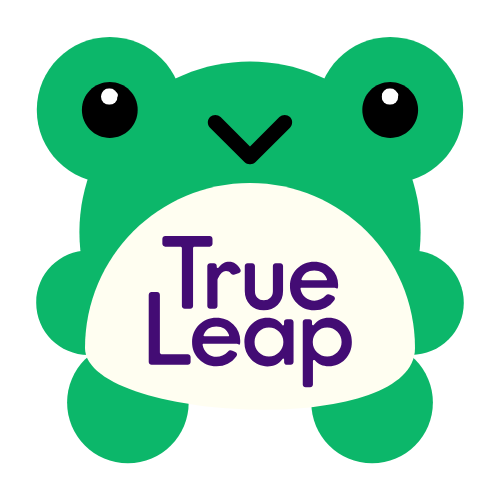The rise of hybrid learning has become one of the most notable trends in education in recent years. As a blend of traditional in-person classes and online learning, hybrid learning offers flexibility and a variety of benefits for both students and educators. However, it also presents challenges that need to be addressed for it to be truly effective. Below are some key points to consider when exploring how hybrid learning is balancing the best of both worlds.
Benefits of Hybrid Learning Flexibility: Hybrid learning allows students to balance their educational commitments with personal, work, or other life responsibilities. With online components, students can access course materials, participate in discussions, and complete assignments at their convenience. This flexibility helps learners who may not be able to attend in-person classes regularly.
Increased Engagement: Hybrid learning models often incorporate a variety of multimedia tools such as video lectures, online quizzes, discussion forums, and interactive elements. These features can engage students more than traditional lecture-based classes and cater to different learning styles.
Personalized Learning: With online resources, students can progress at their own pace. They can revisit lectures or materials that they find difficult, and at the same time, participate in live, in-person activities that provide more direct interaction and engagement. This combination can help tailor education to individual needs.
Expanding Access: Hybrid learning has the potential to expand access to quality education, particularly for individuals in rural or remote areas who might have otherwise been unable to attend in-person classes. By offering a mix of online and face-to-face learning, institutions can reach a broader audience.
Cost-Effectiveness: For educational institutions, hybrid learning models can be cost-effective. It reduces the need for large physical spaces, and it allows for more efficient scheduling by combining online and in-person components.
Challenges of Hybrid Learning Technology and Access Issues: One of the biggest barriers to hybrid learning is access to the necessary technology. Not all students have reliable internet connections or the latest devices needed to access online materials. This can lead to disparities in education if students in underprivileged areas are left behind.
Engagement in Online Learning: While online tools are helpful, they may not always keep students engaged. The lack of face-to-face interaction can sometimes lead to feelings of isolation or difficulty staying motivated. Students may struggle with time management when learning remotely, and instructors may find it harder to gauge understanding or keep students on track.
Teacher Training: Educators need proper training to effectively manage hybrid classrooms. This involves learning how to engage students both in-person and online, use technology tools effectively, and ensure that all students feel included in the learning process.
Lack of Social Interaction: One of the greatest drawbacks of the hybrid model is the potential for students to miss out on the social interaction that traditional in-person classes provide. Social connections, networking, and informal learning play an important role in a student’s development, and hybrid learning can sometimes limit these opportunities.
Equity Concerns: The hybrid model might exacerbate educational inequality if some students are unable to fully engage with the online components. Without proper access to technology, some students may struggle to keep up with coursework, which could affect their learning outcomes.
Balancing the Best of Both Worlds To make hybrid learning a success, it’s important to strike a balance between the benefits of online learning and the advantages of in-person education. Here are some strategies:
Clear Structure and Communication: Hybrid learning requires clear communication from educators. Students need to know which activities are online and which are in-person, and the expectations should be transparent. Proper organization and scheduling are crucial to avoid confusion and help students stay on track.
Active Learning Approaches: Instructors can incorporate active learning strategies in both the online and in-person parts of the course. For example, students could engage in group projects, peer discussions, or interactive activities both virtually and face-to-face to reinforce learning.
Collaborative Technology Tools: To bridge the gap between in-person and online learning, instructors can use collaborative tools such as virtual classrooms, online discussion boards, and live streams of in-person lectures. These tools foster interaction and ensure that both remote and in-person students have equal opportunities to participate.
Blended Assessment Methods: Assessments in hybrid learning can be designed to measure students’ understanding in diverse ways. For instance, a mix of quizzes, essays, peer evaluations, and group projects can ensure that all students, regardless of whether they’re attending in person or online, are assessed fairly.
Support Systems: It’s crucial that students have access to support services, such as tech help, tutoring, and mental health counseling, regardless of whether they’re learning online or in-person. Providing these resources helps ensure that all students have the tools they need to succeed in a hybrid environment.

